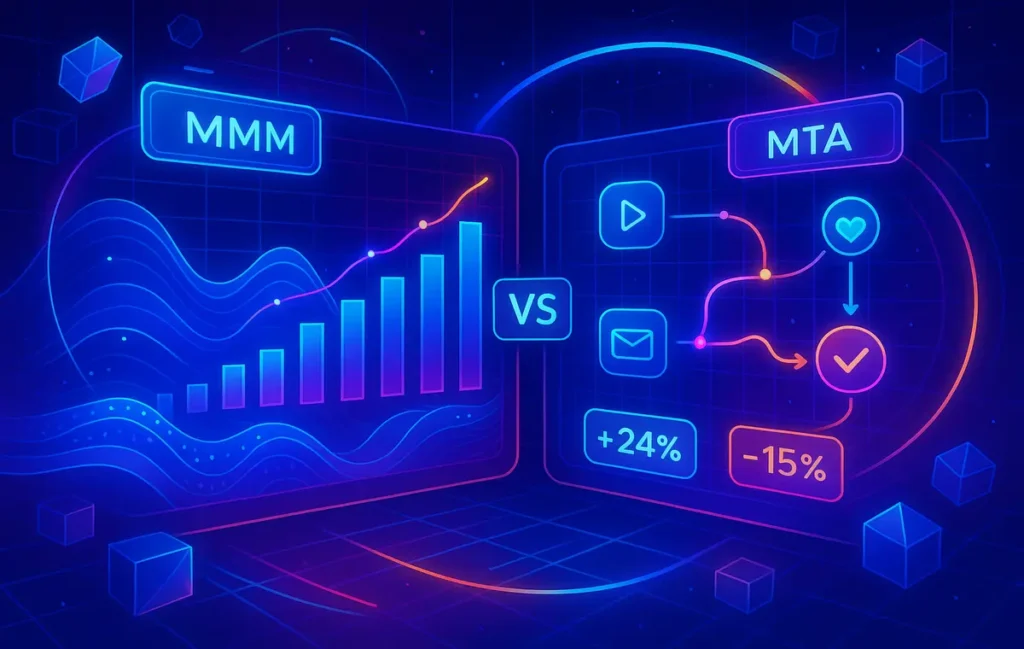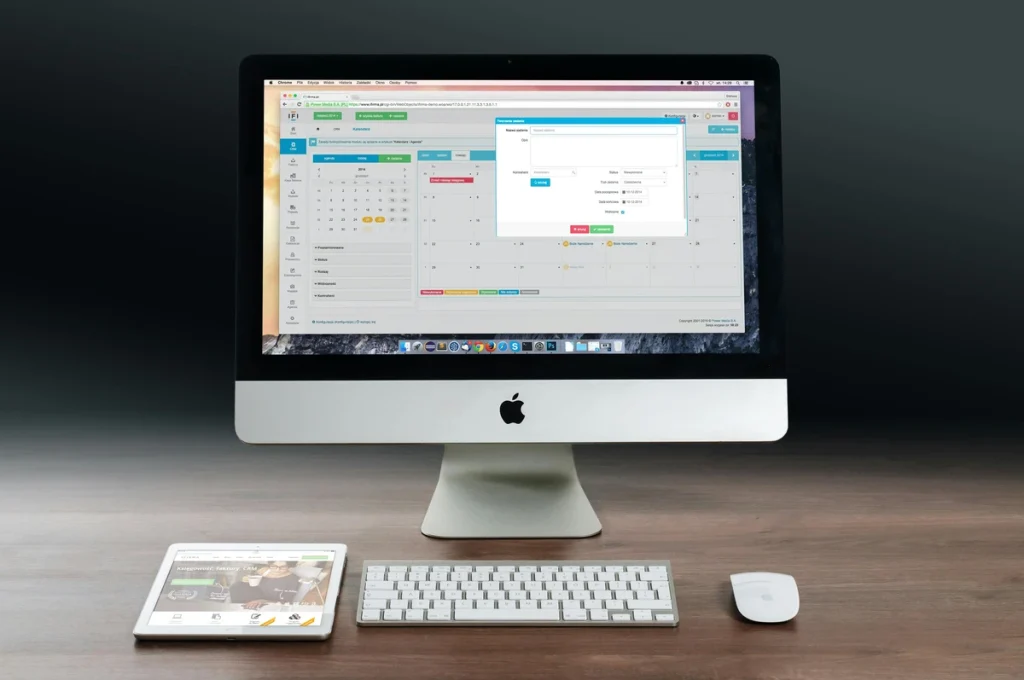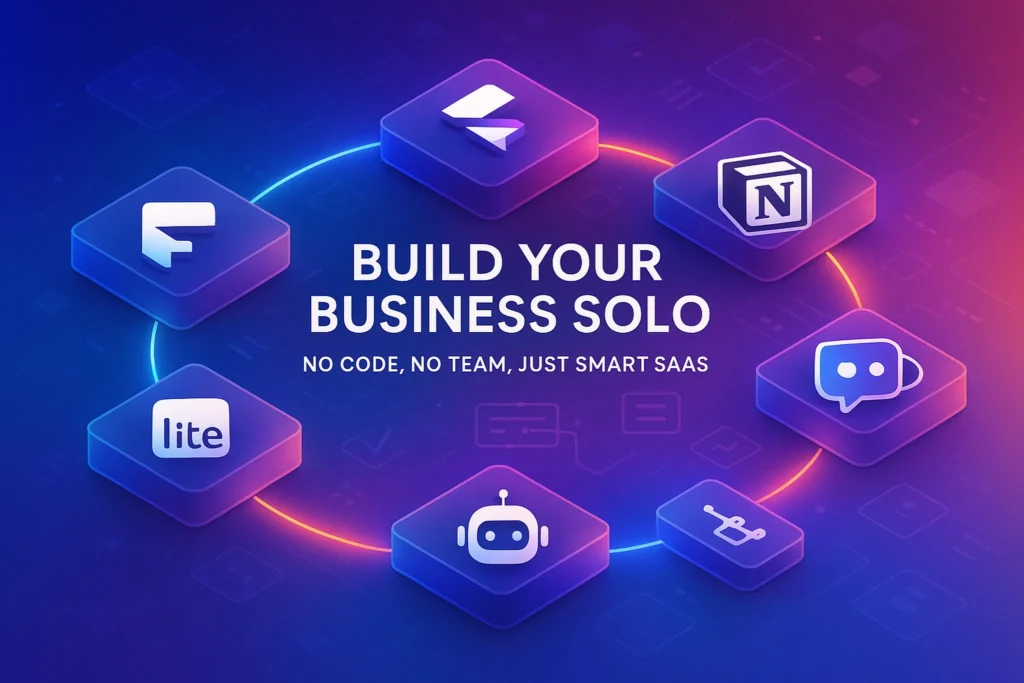🚀 Why Attribution is Now a Make-or-Break for SMBs
In 2025, marketing attribution is no longer a luxury for enterprise brands—it’s a survival mechanism for small and mid-sized businesses (SMBs). Every ad dollar must prove its value, yet most frameworks online focus on Fortune 500-level budgets and data stacks. SMBs need clarity on which models are realistic to implement without burning cash or requiring a full-time data science team.
Two contenders dominate this conversation: Marketing Mix Modeling (MMM) and Multi-Touch Attribution (MTA). Both promise insight into ROI, but their mechanics, requirements, and suitability differ drastically. This post unpacks both in plain English, shows where they shine and fail for SMBs, and introduces tools that bridge the gap—so you can stop guessing which campaigns drive revenue.
💡 Nerd Tip: Don’t treat attribution as an abstract “data project.” Frame it as a growth lever. When SMB leaders see attribution tied to specific business goals, adoption—and results—improve dramatically.
📊 MMM Explained: The Old Giant with New AI Muscles
Marketing Mix Modeling is the veteran. Born decades ago for CPG giants, MMM statistically correlates spend across channels (TV, print, digital, etc.) with sales outcomes. Traditionally, it required years of historical data and armies of analysts. But modern AI-powered MMM tools (like Rockerbox or Recast) now compress the process to weeks, making it feasible even for lean SMB teams.
MMM works by looking at the “big picture.” Instead of following a single user journey, it evaluates how total marketing investment across channels correlates with total revenue. For example, if your search ads budget doubles while email remains constant, MMM detects the resulting lift in sales—controlling for seasonality and external factors.
The upside? MMM avoids privacy headaches. With cookies dying and platforms walling off data, MMM thrives on aggregated, not personal, information. The downside? It’s slower and less precise for campaign-level optimization. SMBs running fast sprints often feel MMM is like steering a speedboat with a map of ocean currents: directionally accurate, but not instantly actionable.
🎯 MTA Explained: Following the Clicks and Touchpoints
Multi-Touch Attribution operates at the user level. It assigns fractional credit to every marketing touchpoint in a customer’s journey—ads, emails, content clicks, retargeting impressions. For SMB marketers obsessed with knowing “which ad drove the sale,” MTA feels intuitive.
For example, if a customer first saw a Facebook ad, then clicked a Google search ad, then converted via email, MTA might assign 30% credit to Facebook, 50% to Google, and 20% to email. The appeal is obvious: actionable insights for budget allocation.
But here’s the catch—MTA lives and dies by tracking data. With Apple’s ATT, cookie restrictions, and cross-device journeys, SMBs often find MTA models incomplete. Data gaps create biased results, leading to over-crediting the last clickable channel (usually search or branded traffic).
💡 Nerd Tip: If you’re an SMB running ads under $50k/month, raw MTA alone often misleads more than it helps. Pairing it with simple MMM baselines reduces blind spots.
⚖️ MMM vs MTA: Which is Right for SMBs?
The truth is neither model alone is perfect for SMB growth in 2025. Let’s break it down:
| Factor | MMM | MTA |
|---|---|---|
| Data Needs | Aggregated sales + spend data | Granular user-level journey data |
| Privacy Risk | Low (no PII needed) | High (tracking restrictions apply) |
| Actionability | Strategic, long-term | Tactical, campaign-level |
| Setup Complexity | Moderate, often easier with AI tools | High, requires tracking infrastructure |
| Best For | Budget planning, channel ROI | Daily optimization, creative testing |
For SMBs:
-
MMM offers stability and privacy compliance, giving leadership confidence in budget decisions.
-
MTA gives faster optimization but risks data gaps and over-reliance on last-click proxies.
A hybrid approach is now emerging. AI-first attribution platforms like Northbeam, Hyros, and Triple Whale blend MMM-like aggregation with MTA-style granularity, offering SMBs the “best of both worlds.”
🔧 Tools SMBs Should Actually Use
When Google Attribution was sunset, many SMBs panicked. But 2025 has brought new contenders purpose-built for mid-market budgets.
-
Triple Whale: Built for eCommerce SMBs. Combines pixel tracking with MMM-inspired models. Users on X report up to 15% lift in ROAS after shifting budgets with its insights.
-
Northbeam: A fast-growing favorite among DTC brands. Offers cohort-based modeling, making it less fragile than pure MTA. One founder posted: “Northbeam nailed what GA4 couldn’t—clarity without drowning in dashboards.”
-
Hyros: Popular with high-ticket funnels and info-product businesses. Its AI auto-tags and tracks calls, emails, and clicks across platforms. Critics note it can feel pricey, but SMBs scaling aggressively often find the ROI worth it.
-
Rockerbox: Originally enterprise, but now offering SMB-ready packages. Emphasizes MMM modeling with modern automation.
💡 Nerd Tip: Don’t chase the “perfect” attribution tool. Instead, define what you need to decide (e.g., “Should we shift $5k from Meta to TikTok ads?”). Then pick the tool that answers that exact question reliably.
🔗 How Attribution Links to Other SMB Growth Engines
Attribution doesn’t live in isolation. It directly influences how you scale other core marketing functions.
For instance, affiliate tracking software relies on similar multi-touch principles. If you already understand attribution modeling, tools that track influencer or partner-driven conversions become far easier to integrate. This also ties into choosing the best tools for tracking affiliate marketing performance, where precision in multi-touch reporting helps avoid disputes and strengthens partner trust.
Similarly, attribution data informs content marketing platforms. If MMM reveals that organic traffic consistently outperforms paid channels in blended ROI, you can justify more investment in SEO-heavy content clusters. That’s why many SMBs combine attribution insights with automation solutions like the top 10 automation tools for marketers, ensuring campaigns aren’t just measured but also optimized on autopilot.
And don’t forget lead gen. When attribution highlights that LinkedIn ads outperform Instagram Stories in driving qualified leads, the case for investing in the best lead generation software becomes crystal clear. Attribution isn’t just about reporting—it’s the feedback loop powering smarter channel and tool choices.
⚡ Ready to Build Smarter Attribution Workflows?
Explore tools like Triple Whale, Northbeam, and Hyros to unify MMM and MTA insights. Start attributing smarter—without the enterprise overhead.
🛠️ Case Study: How a DTC SMB Solved the Attribution Puzzle
Take the example of a small but fast-growing DTC skincare brand spending around $25,000/month on ads across Meta, Google, and TikTok. Before adopting attribution software, their reporting was chaotic. Facebook claimed 80% of conversions, while Google insisted it drove 65%. Meanwhile, their Shopify backend simply showed total sales with no clarity on which ads drove which orders.
After months of frustration, they implemented Northbeam. The platform quickly highlighted that TikTok ads—previously ignored due to poor last-click performance—were in fact responsible for driving 40% of assisted conversions. Once they shifted $5,000/month from Google to TikTok, their blended ROAS jumped from 2.1x to 2.7x within three months.
💡 Nerd Tip: Case studies prove attribution isn’t just theory—it’s a decision-making compass. Even a small reallocation based on better insights can swing profitability dramatically for SMBs.
⚠️ Pitfalls SMBs Must Avoid in Attribution
Attribution promises clarity, but it’s also full of traps that SMBs frequently fall into:
-
Trusting Platform-Reported Metrics Blindly
Ad platforms are incentivized to over-credit themselves. Relying solely on Google Ads or Meta Ads Manager for attribution often exaggerates their impact by 20–30%. -
Overcomplicating Too Soon
Many SMBs attempt enterprise-level MTA setups with limited traffic and budget. The result is incomplete tracking, frustration, and wasted hours instead of insights. -
Confusing Correlation with Causation
MMM can show a strong correlation between spend and sales, but it doesn’t automatically mean one caused the other. Without careful validation, SMBs risk chasing false positives. -
Ignoring Offline or Dark Funnel Touchpoints
Word-of-mouth, community mentions, and even podcast ads often escape attribution models. SMBs who assume “untracked = unimportant” miss critical growth drivers.
💡 Nerd Tip: Start simple, validate insights, and don’t forget the invisible parts of the funnel. Attribution clarifies, but it doesn’t capture everything.
💵 ROI Reality Check: Why Attribution Pays for Itself
Attribution might feel like an “extra cost,” but the math is eye-opening. Imagine you’re an SMB spending $20,000/month on ads. Even a modest attribution setup that redirects just 15% of wasted spend puts $3,000/month back in your pocket. That’s $36,000/year—often far more than the software subscription itself.
Some SMB founders report attribution-driven optimizations that deliver 10–20% higher ROI on campaigns. In competitive markets, that’s the difference between breaking even and scaling profitably. Seen this way, attribution isn’t a cost—it’s an insurance policy against wasted growth.
📝 Hybrid Attribution Playbook for SMBs
The smartest SMBs in 2025 aren’t asking “MMM or MTA?”—they’re blending both through a pragmatic, staged approach:
Step 1: Start with MMM-lite
Use simple models that only require spend and sales data. Even a spreadsheet regression can uncover channel-level ROI trends.
Step 2: Add Tactical MTA Layer
Deploy lightweight MTA tools or pixels (like Triple Whale or Hyros) to monitor campaign-level behavior. This helps guide daily optimization while MMM covers the strategic big picture.
Step 3: Monthly Hybrid Review
Reconcile MMM’s high-level insights with MTA’s tactical data. If MMM shows Meta ads consistently underperforming in blended ROI, while MTA shows them winning last-click credit, you’ve found a misattribution gap worth investigating.
💡 Nerd Tip: The playbook works best when you limit the scope. Don’t try to model every channel at once. Focus on your top two or three spend drivers first.
🔮 Trends 2025–2026: Where Attribution is Headed Next
Attribution is evolving fast. SMBs adopting now will be future-proofing against shifts already underway:
-
CDP-Native Attribution
Customer Data Platforms are increasingly building attribution inside their core offerings, merging CRM, ad, and funnel data seamlessly. SMBs will soon be able to run attribution without juggling multiple dashboards. -
AI-First Modeling
Next-gen platforms use machine learning to deliver MMM insights even with small datasets. This democratizes what was once an enterprise-only practice. -
Privacy-First Architecture
With GDPR and CCPA tightening, attribution will lean more on modeled data and less on invasive tracking. Expect tools that use probabilistic matching instead of cookies. -
Integration with Automation Stacks
Attribution outputs are being piped directly into tools like Zapier, n8n, and HARPA AI. That means campaigns can auto-adjust budgets or creative based on attribution insights, closing the loop between measurement and action.
💡 Nerd Tip: SMBs that view attribution as a “living system” integrated with their automation stack will move faster than competitors still pulling static reports.
📬 Want More Smart Marketing Tips Like This?
Join our free newsletter and get weekly insights on attribution, automation, and growth tactics—delivered straight to your inbox. No fluff. Just high-quality insights for SMB marketers and founders.
🔐 100% privacy. No noise. Just value-packed marketing intelligence from NerdChips.
🧠 Nerd Verdict
For SMBs in 2025, attribution isn’t about choosing between MMM or MTA—it’s about combining their strengths without overcomplicating your stack. MMM ensures you make budget decisions with confidence, while MTA fuels campaign-level agility. The sweet spot is hybrid attribution via modern platforms tailored for SMBs. NerdChips’ take? SMBs that ignore attribution in 2025 risk wasting up to 20–30% of ad spend. Those who embrace it can reinvest savings directly into growth.
❓ FAQ: Nerds Ask, We Answer
💬 Would You Bite?
If you had to bet on one attribution model for your SMB—MMM or MTA—where would you place your chips?
Crafted by NerdChips for creators and teams who want their best ideas to travel the world.



